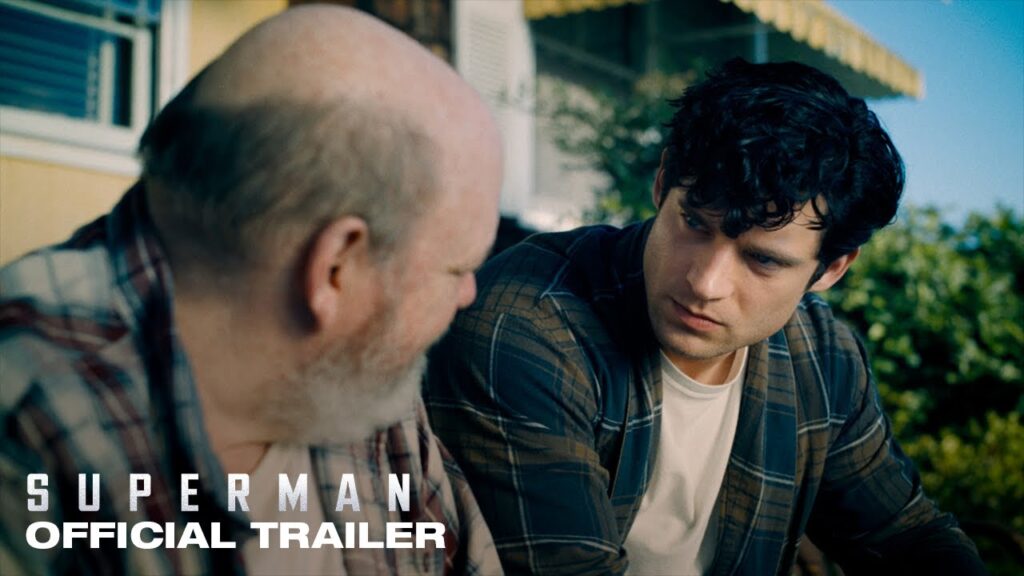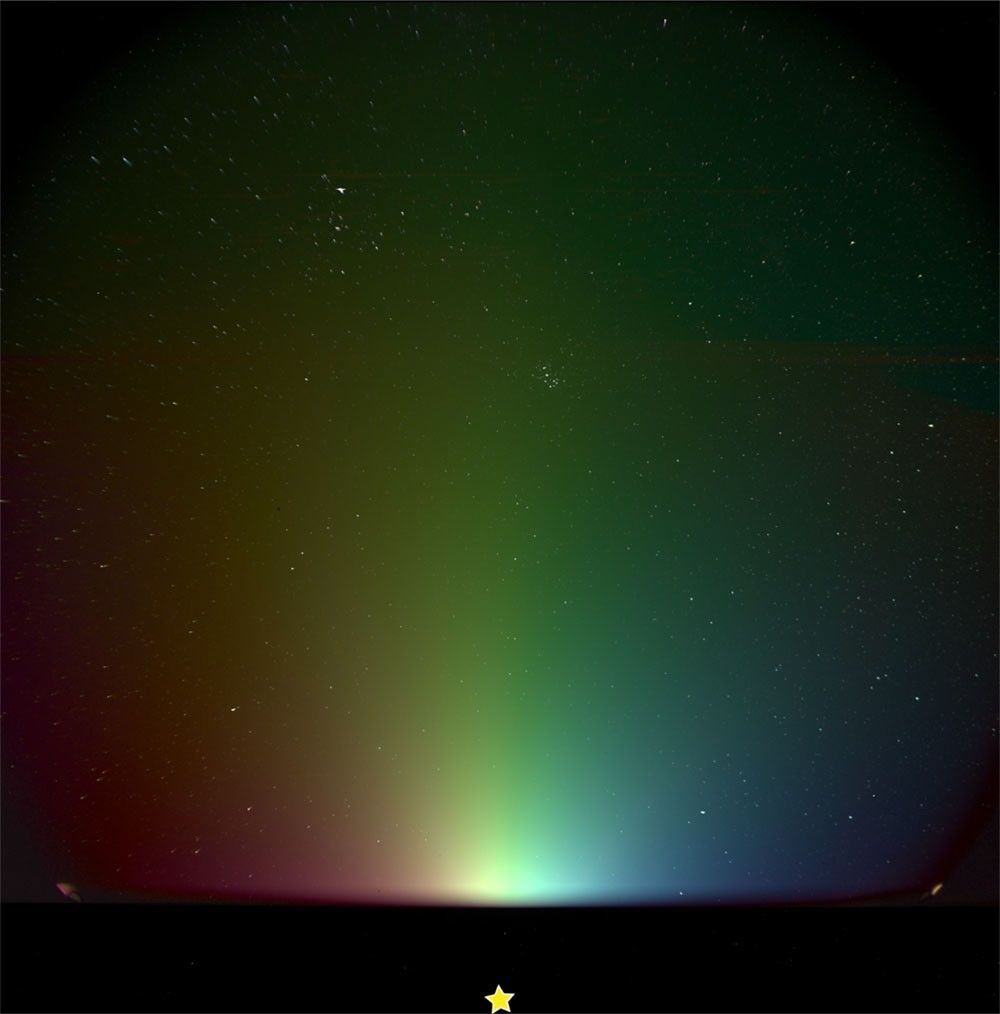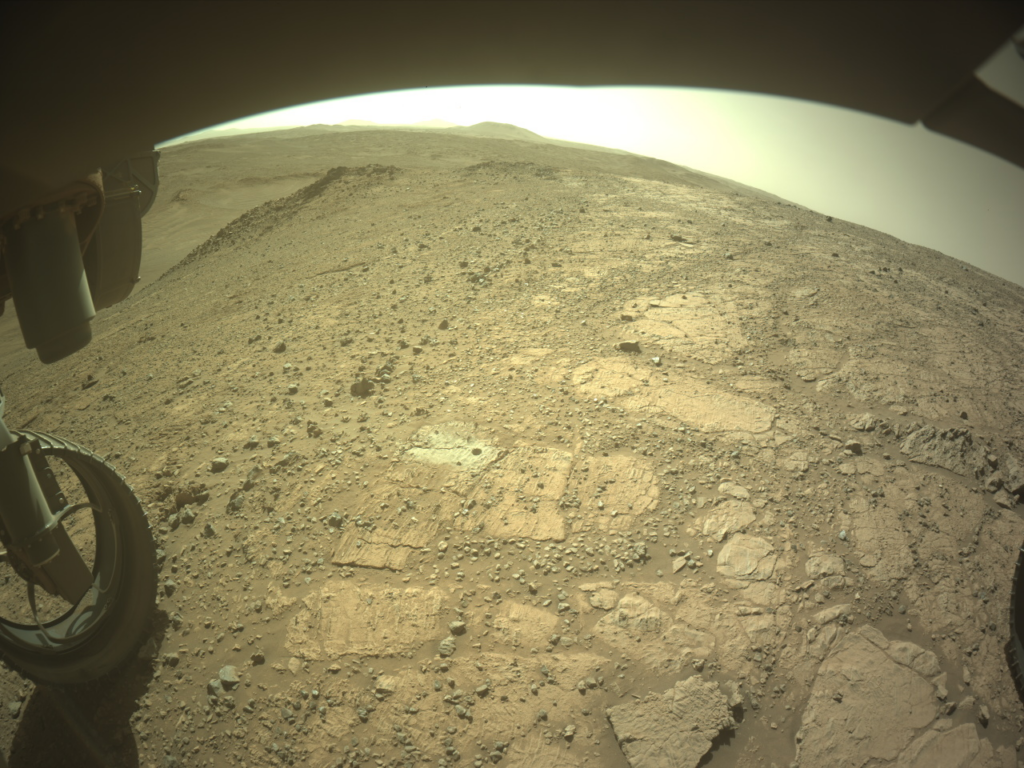NASA astronaut Frank Rubio celebrated a spaceflight milestone with two former astronauts on Earth.
NASA‘s Frank Rubio spoke with senior NASA management from the International Space Station on Thursday (Sept. 13), two days after breaking the previous record of 355 days on a single spaceflight. Rubio is now expected to spend 371 days in orbit, making him the first American to spend more than a year in space on a single mission. More incredibly, it wasn’t planned that way; problems with his spacecraft forced an expected six-month orbital stay to double to a year.
“It was unexpected. In some ways, it’s been an incredible challenge,” Rubio said of the milestone during the livestreamed call on NASA Television, with NASA administrator Bill Nelson and deputy administrator Pam Melroy. “But in other ways, it’s been an incredible blessing. I count myself lucky and honored to be able to represent the agency and our country.”
Rubio, a Salvadorian-American born in Los Angeles, added that with his record-breaking stay falling during National Hispanic Heritage Month (which concludes Oct. 15), he finds it “timely” as it “symbolizes the diversity of the wonderful rich fabric of America.”
Related: NASA astronaut Frank Rubio surprised by his accidental record in space (video)

Rubio and his Russian MS-22 Soyuz spacecraft crewmates Sergey Prokopyev and Dmitri Petelin, cosmonauts from Roscosmos, were scheduled to spend a typical six months in space after launching Sept. 21, 2022. Both Rubio and Petelin were on their first flight.
Halfway through their stay, however, MS-22, also serving as their ride home, dramatically lost all its coolant in a December 2022 leak. After considering options, Roscosmos rapidly shipped up an empty replacement Soyuz, called MS-23, which arrived on Feb. 25.
The agencies also formulated an emergency escape plan from the ISS before MS-23 arrived, assigning Rubio on a temporary seat (involving tie-down straps on the floor of an already docked SpaceX Crew Dragon). His Russian crewmates were authorized to use MS-22 if absolutely needed, as two humans would not heat up the uncooled spacecraft as rapidly as three. But that plan luckily did not need to be implemented after MS-23 safely docked.
Read more: Russia’s replacement Soyuz spacecraft arrives at space station
Rubio and his crewmates, however, were needed to stay on board until a relief crew could arrive. That required getting yet another spacecraft (MS-24) ready for spaceflight to send the astronauts. Since NASA astronaut Loral O’Hara and Roscosmos cosmonauts Oleg Kononenko and Nikolai Chub were supposed to use MS-23, that crew’s departure date on MS-24 was delayed to no earlier than Sept. 15 for their MS-24 reassignment.
Assuming this all goes to plan, Rubio and his crewmates will finally depart space on Sept. 27.
“As much as it was a challenge to say an extra six months, I’m so grateful that the agency was able to say, ‘Hey, you know what the safe thing to do would be: To fire up a new spacecraft, and have (my crew) wait and ensure a more safe return,” Rubio said in the call, adding, “I am looking forward to a return on a more safe and more secure spacecraft.”
Nelson and Melroy, both flown astronauts from the space shuttle program, paid tribute to the challenges Rubio had faced in orbit. (Melroy flew three times as a NASA astronaut. Nelson, then a member of the House of Representatives on a space committee, flew on mission STS-61C in 1986 under a program NASA then had for non-professionals to reach space.)
“You made all kinds of records up there, and you’ve had six months that you didn’t expect,” said Nelson, speaking from NASA Headquarters in Washington, D.C.
Melroy, standing beside Nelson in the view of the video, said Rubio’s wife and kids “have been on my mind so much.” The former astronaut added she wanted to check in to make sure Rubio was getting the support he needed.
Rubio said that the NASA community had rallied around him, sending people over to the house as needed to help the family. Luckily, upgrades to NASA’s internet on station came in during his mission as well, allowing for high-quality video conferences with family at least twice a week, he said.
Rubio joked that his only regret was not eating one of the space-grown Red Robin tomatoes his crew tended, and managed to save from an unexpected humidity drop on ISS at a crucial growth point. Rubio’s inch-long tomato unfortunately floated away to a hidden spot before he could take a bite. “I spent so many hours looking for that thing,” he quipped. “I’m sure the desiccated tomato will show up at some point and vindicate me, years in the future.”
RELATED STORIES:
Only seven astronauts have spent more than a year in space. Aside from the trio on MS-22/23, the other four were cosmonauts on missions visiting the then-Soviet Mir space station. Topping the list is Valery Polyakov (437 days), while the others are Sergey Avdeev, Musa Manarov and Vladimir Titov.
Rubio’s mark surpasses the 355-day record last set by NASA astronaut Mark Vande Hei. Vande Hei was also expected to spend six months in space, but learned preflight he may extend to a year due to space station staffing needs (which is what ended up happening.)
Vande Hei, speaking with Rubio earlier this month from NASA’s Johnson Space Station in Houston, said the most memorable part of his own stay was “the people that I got to spend that much time [with] … intensively, both working and playing as much as we possibly can.”


